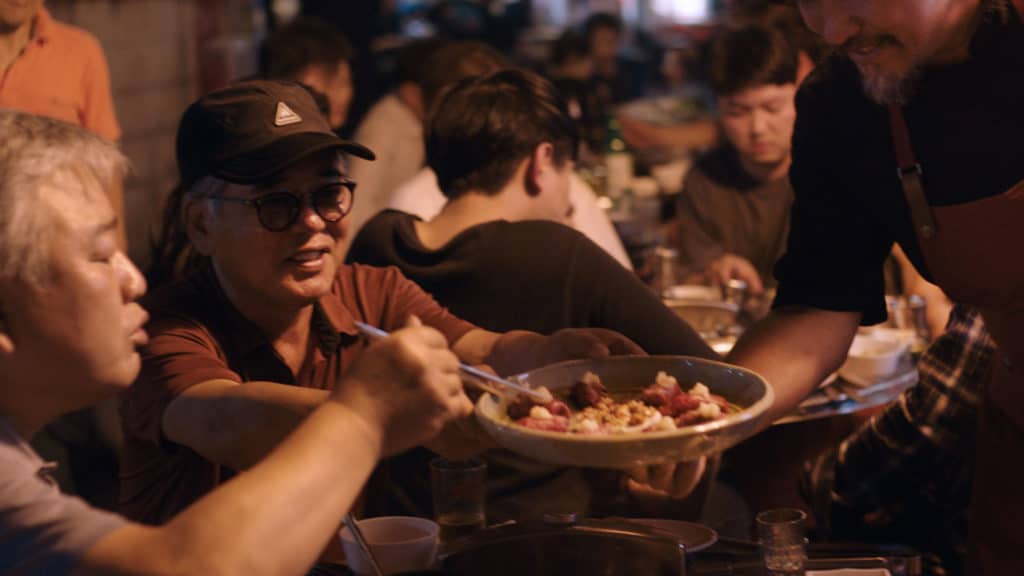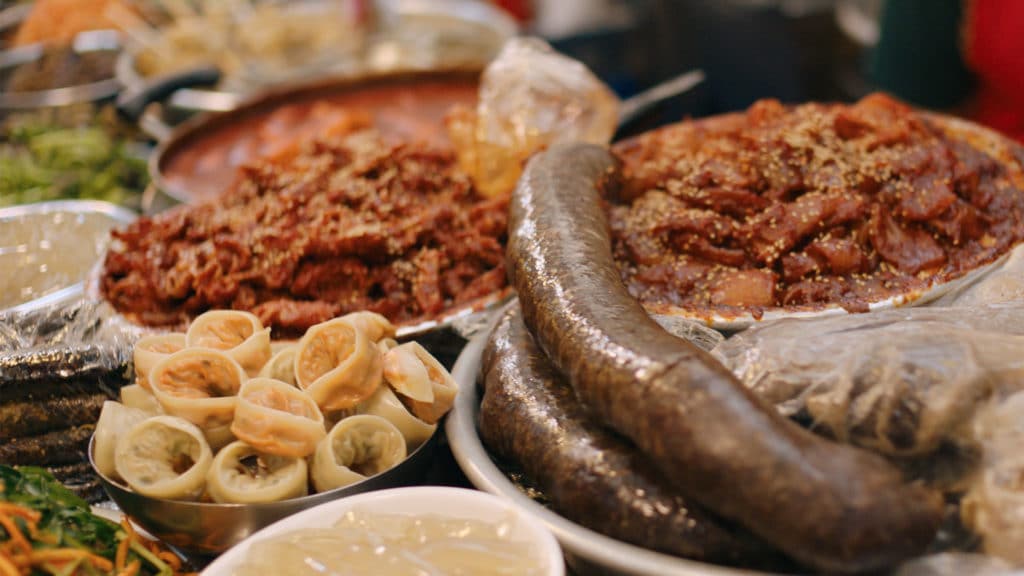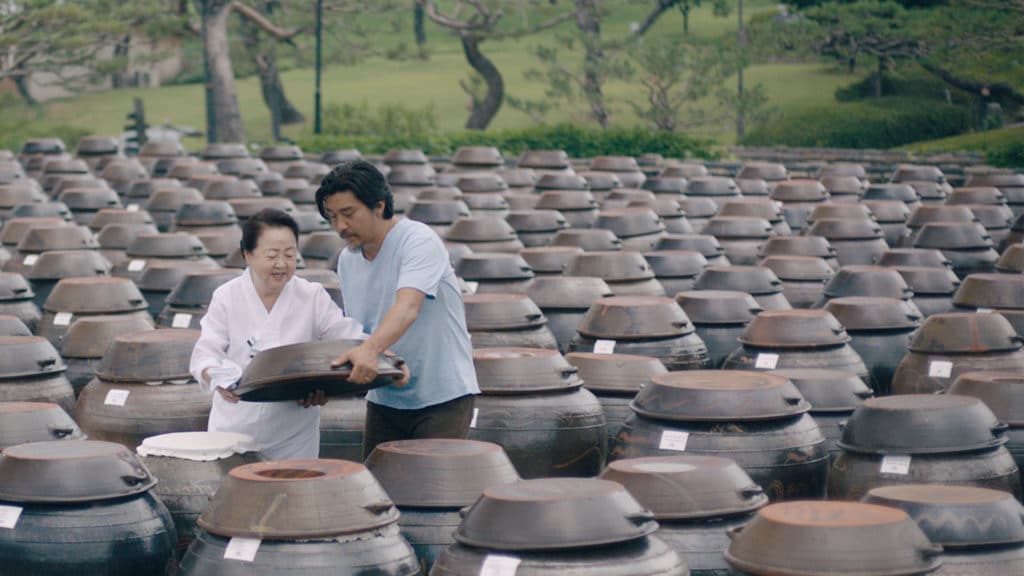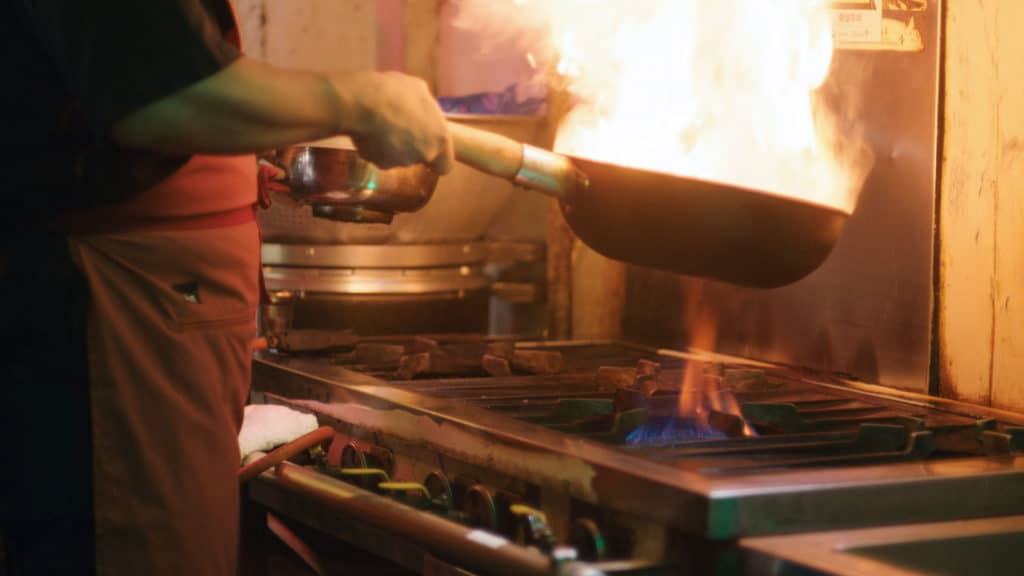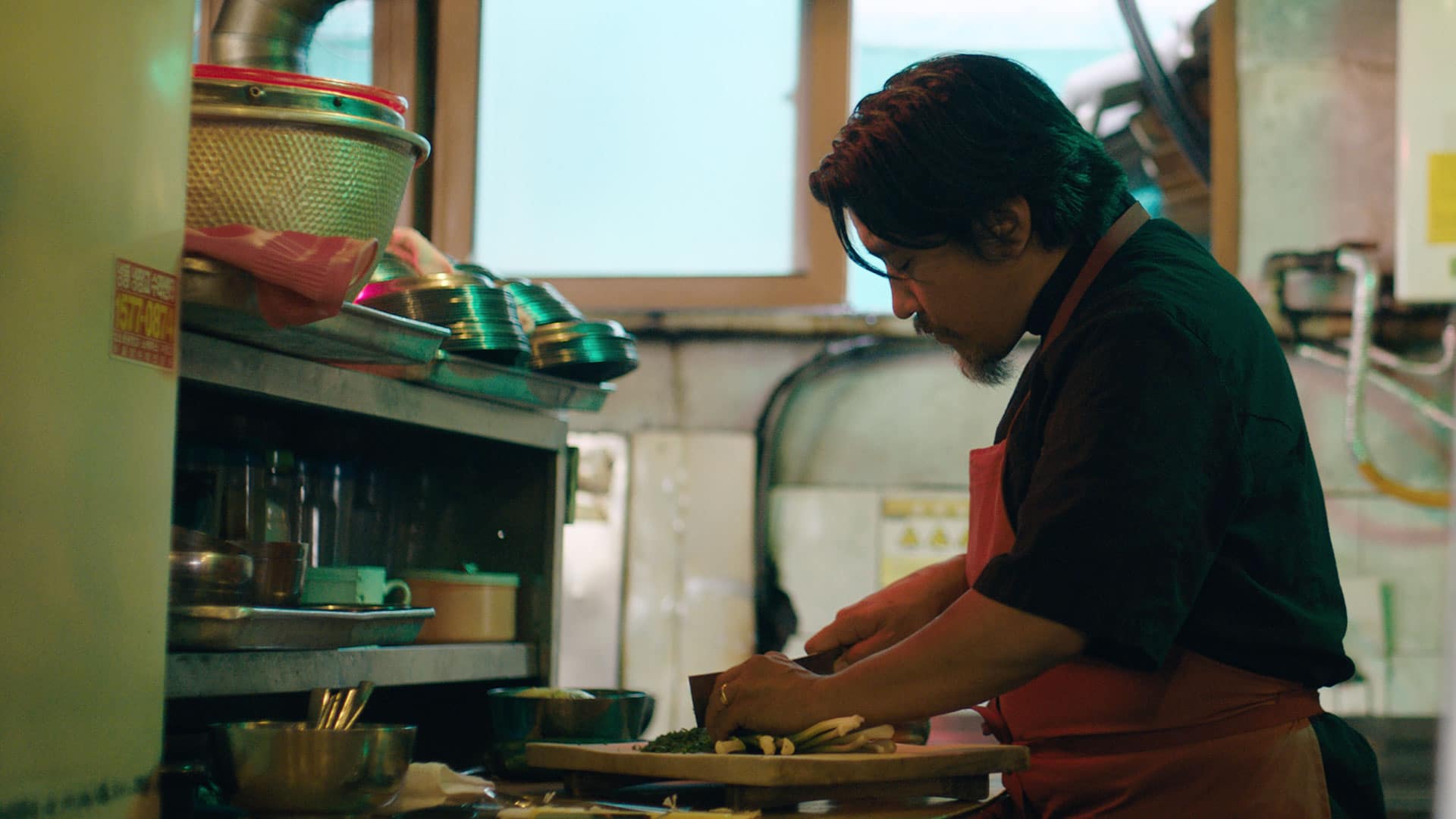Edward Lee remembers the exact moment on his most recent visit to Seoul when the city began to feel like home. Though the James Beard Award–winning food writer and chef has traveled to the South Korean capital many times, he says he always felt like an outsider there.
As someone who spent his formative years being raised by Korean immigrant parents in Canarsie, Brooklyn, and over a decade running Korean-inspired restaurants in Louisville, Kentucky, Lee is acutely aware that he will never be fully Korean.
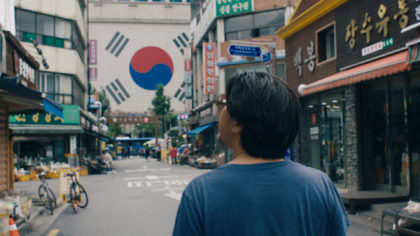
“For me, this journey [to Seoul] was really about a connection to a land that is kind of mine and kind of not,” Lee says. “It’s a heavy burden. My grandmother was very Korean. My parents are, as well, but they’ve spent the last 45 years in America. I’ve spent my whole life here, so there’s always this conflict inside me.”
Nevertheless, Lee relishes the chance to reconnect with this essential part of his heritage in the best way he knows how: through food. After he touched down in Seoul, where he was taking part in the Marriott Bonvoy StoryBooked documentary series and staying at the JW Marriott Dongdaemun Square Seoul, Lee saw the vast metropolis stretched out before him, all glittering skyscrapers and flashing neon signage.
Food has the unique power to change the way we connect with other people.
Chef Edward Lee
With the fog of jet lag still clinging to his brain, he found his way to a small local restaurant. As he ordered food, his voice betrayed a shadow of an American accent, but the waitstaff smiled graciously and handed him a plate of bibim-naengmyeon, fiery buckwheat noodles served chilled. These were the flavors of his childhood, and as he slurped up every bit of the dish, he felt a deep sense of belonging.
“It’s almost like a muscle memory, like a taste memory,” Lee says. “Food has the unique power to change the way we connect with other people. You go to a restaurant and next thing you know, you start talking to the locals. It’s not just about eating. It’s about changing your opinions about people and places, as well.”
Food also forms a crucial bridge between the past and the present, especially for second- and third-generation immigrants. Though his family was sometimes reluctant to tell Lee stories of the old country, he maintained a connection to South Korea through its cuisine.
He still remembers his father eating budae-jjigae, a comfort food staple built around processed items like Spam and American cheese that was popular during the rationed years of the Korean War. Now, every time Lee makes the stew for himself or his family, it reminds him of his history and the hardship his parents must have endured.
“The more I talk to people about immigrant food, the more I realize that the first thing you lose through the generations is the language, then maybe religion,” Lee says. “The last thing to go is food. It’s the thing that lasts the longest.”
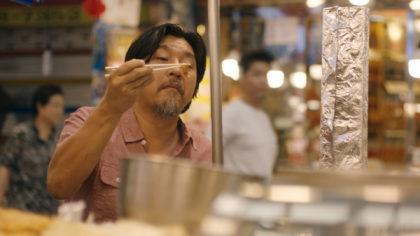
So Lee hopped on a motorbike and wound through the streets of Seoul in search of delicious things. While the city has a dynamic fine dining scene with 26 Michelin-starred restaurants, Lee spent much of his time in less assuming eateries and markets. For him, learning about a culture requires spending time in places where locals eat on a daily basis.
He used a similarly anthropological approach when exploring American immigrant identities through the lens of food in his book “Buttermilk Graffiti.”
Every dish has a history and a reason to exist.
Chef Edward Lee
While researching the project, Lee spent two years dining on everything from Swedish pancakes in Seattle to Nigerian jollof rice in Houston to Cambodian amok trey (fish curry) in Lowell, Massachusetts, in an attempt to gain a deeper understanding of what had shaped each place.
“For me, I travel a lot, and food is always on my mind. When I go to a new city, I eat at one fancy restaurant and then I eat at one local hole in the wall,” Lee says. “Every dish has a history and a reason to exist. You have to go to the place and hear the story from the locals. It makes the food taste better.”
Much like Lee, Seoul is rife with contradictions and conflicting identities. In this booming urban hub, the ultramodern and the ancient often exist on the same block.
As he ate his way through the city, Lee marveled at the sheer diversity of it all. At a late-night karaoke joint, he watched as 20-somethings sporting the latest fashions and K-pop hairstyles sidled up to the bar. By the light of day, he passed century-old temples that remained unchanged even as the neighborhoods around them began to resemble the set of “Blade Runner.”
There’s always a conflict within me in food. Reconciling that was what this trip was about.
Edward Lee
“There are parts of Korea that are so incredibly loud and new and young and vibrant, and there are parts that are historic,” Lee says. “We went to a nightclub where you’d see all the cool kids with blue hair; then we visited a family that has been making soy sauce the same way for generations.”
While some might have found this juxtaposition of disparate elements overwhelming, for Lee it resonated on a cellular level. As a chef, he has always been drawn to the convergence of the old and the new.
Diners at his restaurants 610 Magnolia and MilkWood have often noted that he uses the history of a cuisine to reexamine and deconstruct it. Lee would hesitate to call either menu fusion, but both reference the complexities of his own national identity.
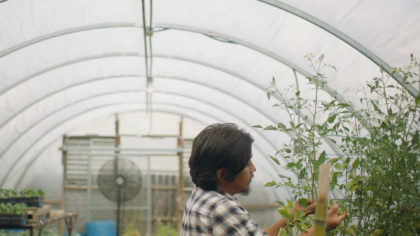
“I always think of food as split into two camps. There’s the preservationist and the innovator — I’m both,” Lee says. “I want to respect the past, but sometimes I want to put galbi [grilled ribs] in a burrito. There’s always a conflict within me in food. Reconciling that was what this trip was about for me.”
As he contemplates what his time in South Korea meant to him, Lee still feels that his relationship with the country remains unresolved. That suits him just fine. Although Seoul will always be partly foreign to him, he knows that he will return again and again to taste and to listen and to learn.
As both chef and a second-generation immigrant, Lee remains fascinated by places and people that defy simplistic definitions. He is proud of both the Korean and American elements in his hyphenated identity. Korean food will always have a place on his table and in his family.
“My daughter may or may not speak Korean. That’s her decision,” Lee says. “But she will understand Korean food and its history. She will know what this place means, and she will eat kimchi.”
